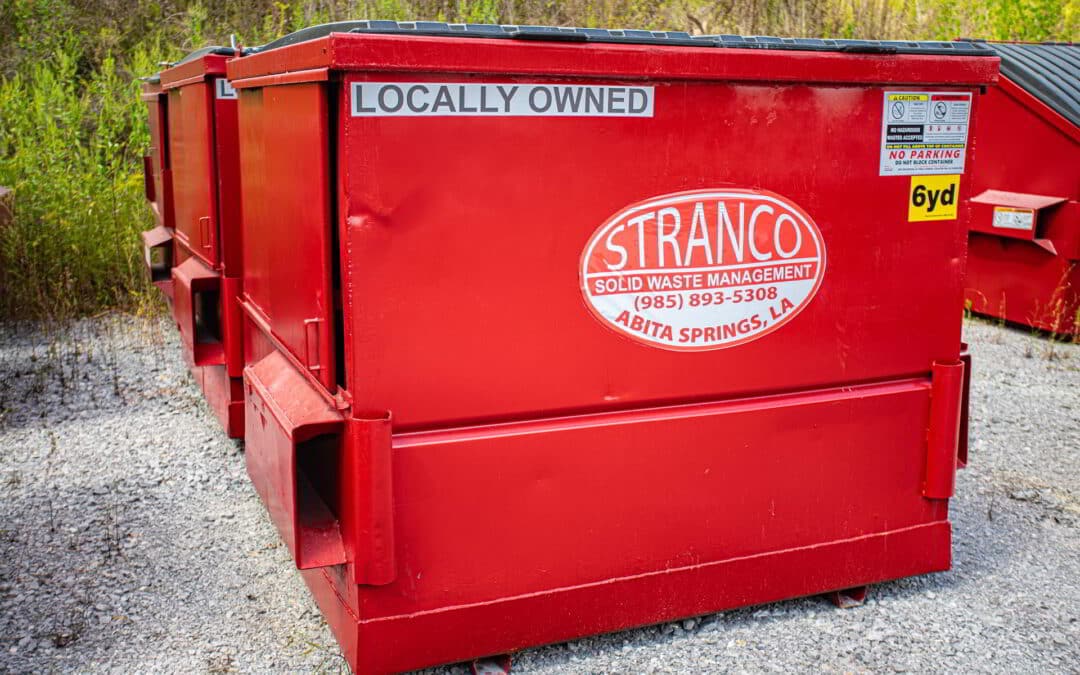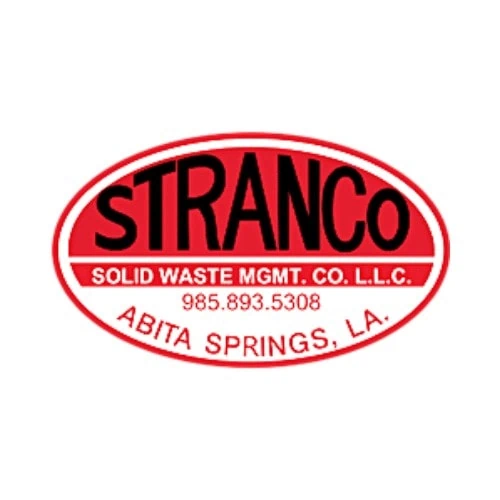Choosing the right dumpster size for your project isn’t just a minor detail; it can significantly impact both the cost and efficiency of your waste management strategy. When planning a project, whether renovating your home, clearing out an office, or managing a construction site, selecting the appropriate dumpster size is crucial to avoid unnecessary expenses and logistical headaches. This article will delve into the various aspects of choosing the perfect dumpster size to suit your needs, ensuring that your project runs smoothly from start to finish.
Understanding Dumpster Dimensions
Dumpsters come in a variety of sizes, typically measured in cubic yards, which directly influences their capacity to hold waste. The most common sizes available for rental are 10-yard, 20-yard, 30-yard, and 40-yard dumpsters, each serving different project scales. A 10-yard dumpster is perfect for small-scale cleanouts or minor remodeling tasks, whereas a 40-yard dumpster is suited for major construction projects or large-scale demolitions. Knowing these dimensions and their corresponding capacities can help you make an informed decision:
- 10-yard dumpster: ideal for small basement, garage cleanouts, or small roofing jobs.
- 20-yard dumpster: suitable for medium-sized cleanouts or flooring and carpet removal for a large house.
- 30-yard dumpster: best for new construction or major home addition projects.
- 40-yard dumpster: necessary for large amounts of demolition debris or construction waste.
Assess Your Project Needs
It’s essential to accurately assess the scale of your project when choosing a dumpster. This estimation will guide you in selecting a dumpster that neither overflows with waste nor wastes money due to underutilization. For example, if you’re remodeling a kitchen, consider the volume of old cabinets, appliances, and potentially non-recyclable material you’ll need to dispose of:
- Estimate the total volume of your waste.
- Consider both the size and weight of your materials.
- Plan for unexpected waste.
Types of Waste Materials
Different projects produce different kinds of waste, each with its own disposal requirements. Construction projects might generate a lot of heavy materials like concrete and bricks, significantly impacting the choice of dumpster size due to weight limits:
- Check what materials can be tossed into your rented dumpster.
- Be aware of weight limits to avoid extra charges.
- Understand prohibited items like hazardous waste or electronics.
Local Regulations and Restrictions
Local regulations can have a substantial impact on dumpster rental, from size restrictions to specific permits needed for placement on public property or streets. Always check with your municipality or local waste management authority to ensure compliance with regulations, and to determine if there are any permits required:
- Identify any permits needed for dumpster placement.
- Understand the regulations regarding dumpster placement on your property versus public property.
- Check for any potential fines or restrictions based on dumpster size or placement location.
Cost Considerations
The cost of renting a dumpster can vary significantly based on the size of the dumpster, the duration of the rental, and the type of waste being disposed of. It’s wise to consider how each of these factors will affect your overall cost:
- Larger dumpsters generally cost more, but consolidating waste management into one large dumpster might be cheaper than renting multiple smaller ones.
- Duration of rental can affect cost; longer rentals may offer discounts but can also accumulate fees.
- Weight and type of disposed materials can influence final charges due to landfill fees and additional handling required.
Consult with Professionals
When in doubt, it’s always a good idea to consult with a professional dumpster rental company. These experts can provide valuable advice based on years of experience with various projects, helping you choose the perfect dumpster size:
- Discuss your project in detail to get a tailored recommendation.
- Ask about different options and their costs.
- Seek advice on how to best comply with local regulations and avoid extra fees.
Key Takeaways
Selecting the right dumpster size is more than just an operational decision; it’s a cost-saving strategy that ensures your project remains on budget and on schedule. Here are some key takeaways to consider:
- Accurate waste assessment is crucial.
- Understand local regulations and size restrictions.
- Consult professionals to optimize your choice.
Frequently Asked Questions
- What if I rent a dumpster that’s too small?
- Renting a dumpster that’s too small can lead to additional rental fees as you might need to rent a second dumpster or pay for an overflow penalty.
- Can I throw old electronics in the dumpster?
- Most areas have specific disposal requirements for electronics, and they typically cannot be thrown into a dumpster due to hazardous components.
- How do I know if I need a permit for my dumpster rental?
- Contact your local city or municipality to find out if a permit is necessary, particularly if the dumpster will be placed on a public street.
- What happens if I exceed the weight limit of the dumpster?
- Exceeding the weight limit can result in significant additional charges, so it’s important to estimate your waste type and weight beforehand.
- Is it better to overestimate or underestimate my dumpster size needs?
- It is generally safer and more cost-effective to slightly overestimate your needs to avoid the potential complications and costs of dealing with overflow.
By considering these elements, you can choose the right dumpster size to ensure that your project proceeds as smoothly as possible, keeping your site clean and your operations efficient.
- About the Author
- Latest Posts
Since 1998, Stranco Solid Waste Management has been a leading authority in solid waste management in Louisiana. With advanced transfer stations and specialized divisions for roll-off and frontload services, we offer efficient, compliant, and cost-effective waste disposal solutions for our communities.


